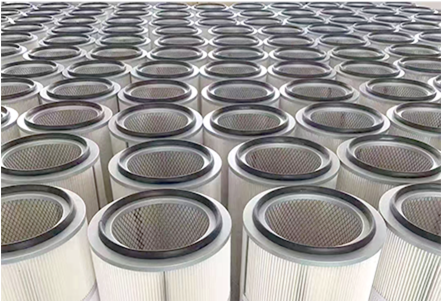 Tel:
+8615930870079
Tel:
+8615930870079
Aug . 21, 2024 14:51 Back to list
High Efficiency Cartridge Oil Filter for Improved Engine Performance and Protection
Understanding Cartridge Oil Filters Importance and Maintenance
Cartridge oil filters play a crucial role in the overall health and efficiency of your vehicle's engine. As a vital component of the lubrication system, they ensure that oil circulates smoothly while trapping impurities and contaminants, thereby maintaining optimal engine performance. This article will delve into the importance of cartridge oil filters, their functioning mechanism, and tips for maintenance and replacement.
Cartridge oil filters are designed to remove dirt, metal shavings, and other debris from the oil that lubricates the engine's moving parts. When you start your vehicle, the oil pump circulates oil through the engine. As it flows, it passes through the filter, which captures any particulate matter before the oil returns to the engine. This filtration process not only protects the engine but also enhances its efficiency by ensuring that all parts receive adequate lubrication.
Understanding the construction of a cartridge oil filter is essential. Typically, it consists of a cylindrical metal casing containing a pleated filter element made from paper, synthetic fiber, or a combination of materials. The pleated design increases the surface area available for trapping contaminants, which extends the life of the filter. In some designs, the filter also incorporates an anti-drainback valve, which prevents the oil from draining back into the sump when the engine is turned off, ensuring immediate lubrication upon restart.
One of the key advantages of cartridge oil filters is their compact design, which allows for easier installation and replacement compared to traditional spin-on filters. They are often integrated into the engine's design, providing a cleaner and more organized engine compartment. However, this convenience comes with the responsibility of regular maintenance.
cartridge oil filter

Regular oil changes are crucial for the longevity of both the engine and the cartridge filter. Most manufacturers recommend changing the oil and filter at intervals specified in the owner’s manual, often anywhere between 3,000 to 7,500 miles, depending on the type of oil used and driving conditions. It is essential to follow these guidelines to ensure that the oil filter continues to function effectively.
When replacing a cartridge oil filter, there are some best practices to consider. First, always consult the vehicle’s manual for specific instructions regarding filter type and replacement procedures. Before replacing the filter, make sure to drain old oil and dispose of it properly to prevent environmental contamination. Next, inspect the old filter for any signs of damage or excessive buildup, as this may indicate underlying engine issues that need addressing.
Another tip is to apply a thin layer of new oil to the rubber gasket of the new filter before installation. This practice ensures a better seal and makes it easier to remove the filter during its next replacement cycle. After installing the new cartridge filter, run the engine for a few minutes and check for leaks. This step is essential to ensure that the filter is securely in place.
In conclusion, cartridge oil filters are indispensable for maintaining the health of your vehicle’s engine. By understanding their function, construction, and the importance of regular maintenance, you can take proactive steps to prolong the life of your engine and enhance its performance. Remember that investing time in routine care ultimately saves money and reduces the risk of significant engine repairs down the line. Regularly changing your oil and filter is a small yet impactful effort that contributes to the overall reliability and efficiency of your vehicle.
-
Types and Applications of Air Filtration CartridgesNewsJul.28,2025
-
The Role of Gas Turbine FiltersNewsJul.28,2025
-
Mastering Air Filter Cartridge UseNewsJul.28,2025
-
Advanced Turbine Filters for Modern Gas TurbinesNewsJul.28,2025
-
Cellulose Air Filter Cartridge Advantages in Dust FiltrationNewsJul.28,2025
-
Cellulose Filters for Air Particle ReductionNewsJul.28,2025

 Email:
Email:





